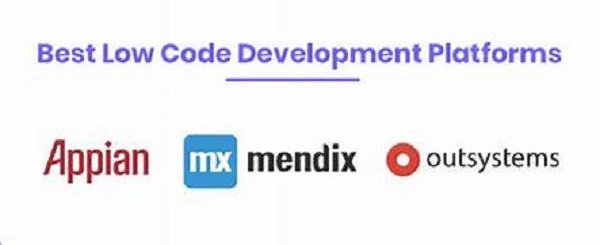How to Excel at How to Utilize a Low Code Development Platform
- How to efficiently use a low code development platform? This is a question that I get asked a lot from software engineers who are starting to use more client-side technologies in their projects. Often, the first thing they discover when trying to figure out how to implement a new technology within an existing system is that they have a number of functions that don’t make any sense. This is the exact point at which you start to realize that your company doesn’t have a clue when it comes to implementing software projects.
- The most common way that people start to dig into the problems with their software development projects is by digging into the project manager’s log files. The logs will often contain a number of comments referring to functions that simply don’t make sense. “Why must they be there? “, you might be thinking. Well, all these functions do mean something, but they aren’t doing anything in the code.
- Let me give you an example. If you want to create an offshore business process, and the entire point of the business is to process data from all over the world, you’d need to take care of data manipulation functions like URL’s, phone numbers, and addresses. However, in order to use this functionality, you have to use low-level code. This low-level code doesn’t mean anything to the software engineering team building the software, but it means everything to the business owner who needs the information returned by the software. Now, there’s a problem!
- In order to stay competitive in the market, businesses need to make sure that they’re using every bit of low code development available to them. Unfortunately, they often find that even though some of the functionality is there, it’s just not making sense within the current framework of how the application is being used. So they have to go back and rewrite a bunch of stuff, or add new functionality in a separate file. A low code development platform can really help here.
- How do you find a low code development platform? The best way is to ask your business partner or the person who has the software to write it for you. Don’t be intimidated at this point-many people feel like they can’t get it done, and they’re right. However, asking someone to write something for you can give you some ideas on what functionality you really need. Not only will they have written the low code necessary, but they’ll also know about any other considerations you need to make (for instance, they may have figured out how to use some special tools that you don’t have access to.)
- Another great way to find the low code development platform you need is to search the Internet for “code repository”. You can usually find several in a Google search, as well as some others. Look through the results and see which ones appeal to you the most. Most of them are free and have a lot of features that you should be able to take advantage of. Look through their list of features and see if they fit into your current project plans.
- Once you have found a few options that you like, you need to figure out how to make them all work together. The first thing you need to figure out is what part of your code needs to be updated most frequently. This will depend mostly on what kind of work is being done within your organization. For example, changes to the user interface of an application are much easier to accomplish than those involved with adding new technology. Make sure you know what you want to accomplish with the low code development platform, and then you can decide which platform will best support you.
- Once you have everything in place, you can start testing and tracking the results. With a good low code development platform, you can also make the process of maintaining the code as streamlined as possible. The whole point behind using low-level languages is so that you can focus on the creative aspects of your work instead of having to deal with the technical aspects. Once you have everything set up, you can go back and focus on creating the best results for your project instead of being concerned about the code itself.












